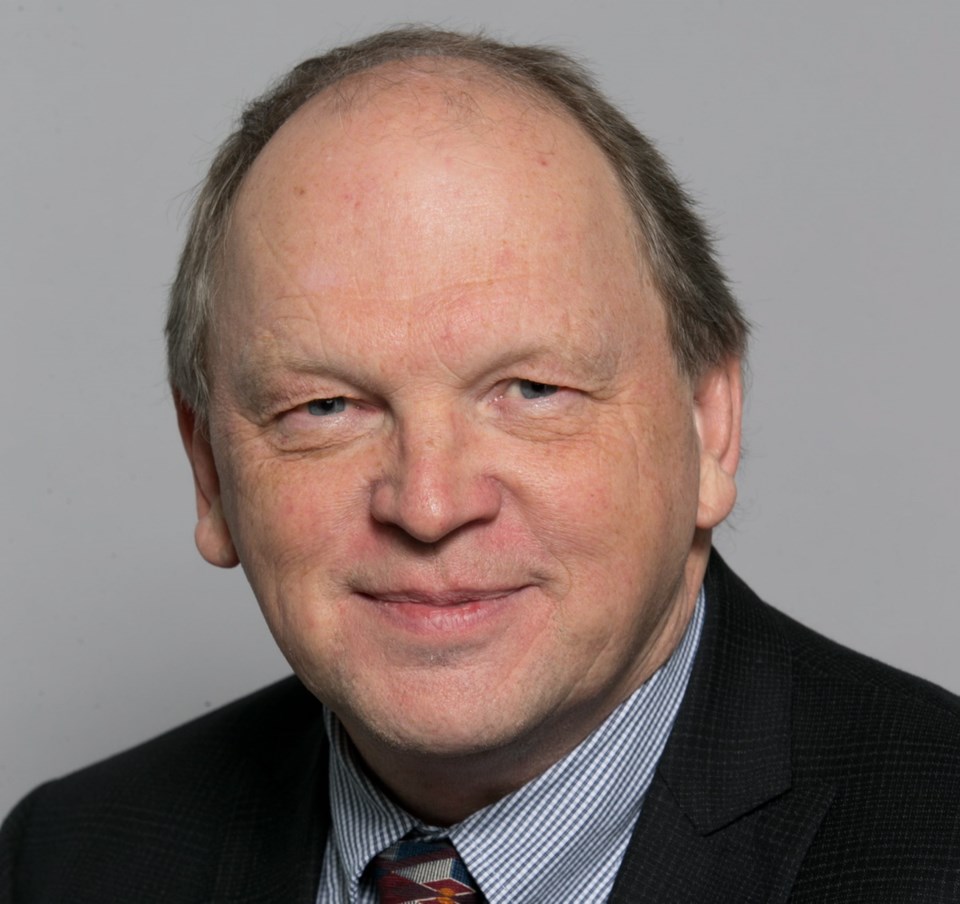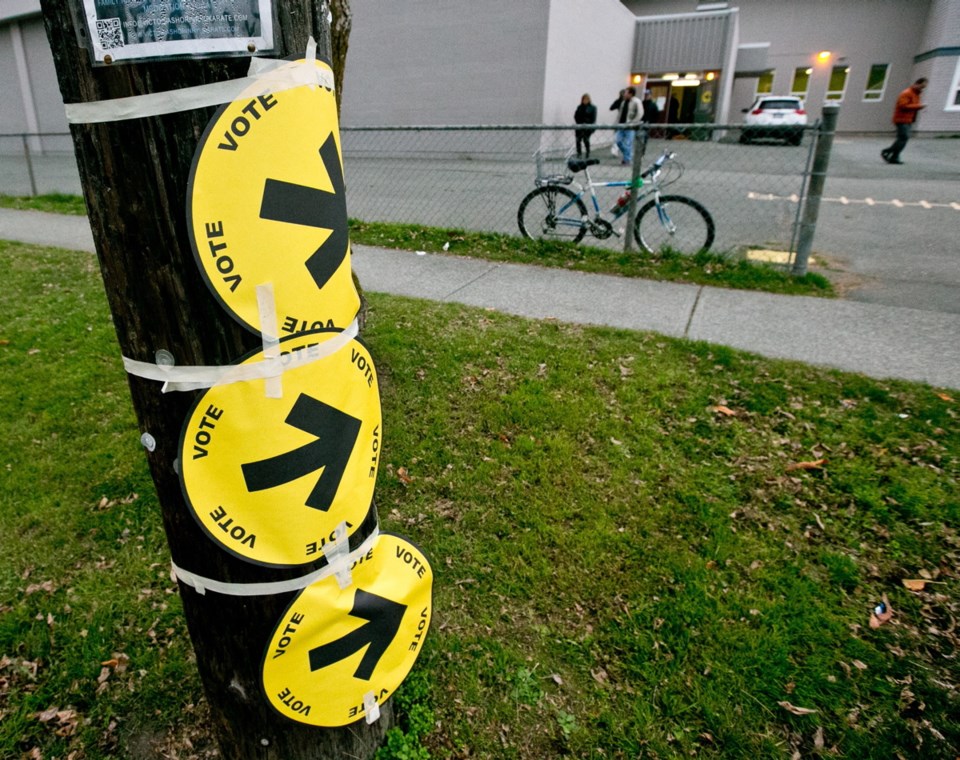 When the most important public opinion poll of all — the general election — teeters toward an uncertain conclusion, it’s no wonder that the polls conducted during a campaign don’t always reveal the mood of the electorate.
When the most important public opinion poll of all — the general election — teeters toward an uncertain conclusion, it’s no wonder that the polls conducted during a campaign don’t always reveal the mood of the electorate.
The result of the Tuesday election will not be known for a couple of weeks. We will need to wait for any recounts to be completed, and absentee ballots — the ones cast in a riding other than the one the voter lives in — to be tallied.
As the votes were counted after the polls closed, there were clear winners in some ridings.
They had leads that were so large, there is no chance of a recount, and there will not be enough absentee ballots to make a difference.
In many other ridings, things were not quite so clear, and as a result, the total seat count was in doubt at midnight. When the final count is complete, which party will be in power? Who will be the premier? There were many questions remaining in this, the closest election we have seen in many decades.
Some of the polls done in the past couple of weeks hinted at this sort of outcome: A race too close to call.
Others said the New Democrats were in the lead.
At first glance, it appears that the provincewide polls this time were more accurate than the ones done in 2013, which must go down in history as one of the worst B.C. campaigns for pollsters.
No poll taken in the two months before the 2013 vote could predict the strong performance of the B.C. Liberals.
Some came close — the Times Colonist poll was the second-best of the 20 major polls done that year — but all polls had the New Democrats in front.
Methodology matters. Our poll was done with live operators contacting land lines and cellphones, in the belief that the responses would better reflect how people might vote.
We used the same thinking, and the same polling company, this time around, but chose to poll only four electoral districts: Saanich North and Islands, where three candidates who nearly tied in 2013 were staging a rematch, as well as three Vancouver Island ridings where incumbents were retiring.
The calls were made last week, and we reported the results in the Saturday and Sunday editions.
So how did we do?
Our poll said Esquimalt-Metchosin would go to the NDP. We got that right.
Our poll said Saanich North was too close to call. The Greens argued that their own polling had them well in front. Throughout the count on Tuesday, the Greens held the lead. We were wrong.
Our poll said Cowichan Valley would likely go Liberal, with an NDP win possible. That one went Green.
Our poll said Courtenay-Comox would go Liberal, no question. That one went NDP.
By my count — although a pollster might disagree — we got one out of four. As the editor, I’m discouraged. As the one who pays the bills, I want a refund.
Polls help to build interest in election campaigns, and might even encourage more people to get out to vote. We mean well, the polling companies mean well, but I’m done with them.
Really, it seems we are no better off than we were in the days of the original Social Credit government, when public-opinion polls were not allowed during campaigns. Clever people found ways to beat the system, as they always do.
Election campaigns back then were summer affairs, and the Pacific National Exhibition brought people together. What better place, then, to conduct a poll that’s not a poll?
Hungry fairgoers at a hamburger stand owned by John Dys were given their choice: In 1972, for example, they could have a Bennettburger, a Barrettburger or an Andersonburger. They were identical, except one bore the name of Social Credit leader W.A.C. Bennett, another was named for NDP leader Dave Barrett, and the third was named for Liberal leader David Anderson.
The Barrettburgers were by far the most popular, and the election results on Aug. 30 agreed with the burger sellers.
Those burgers were great, by the way — tasting much better than crow, which is what many pollsters should be eating.



